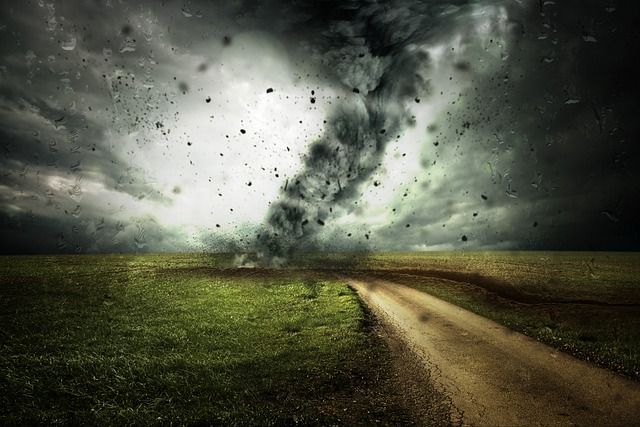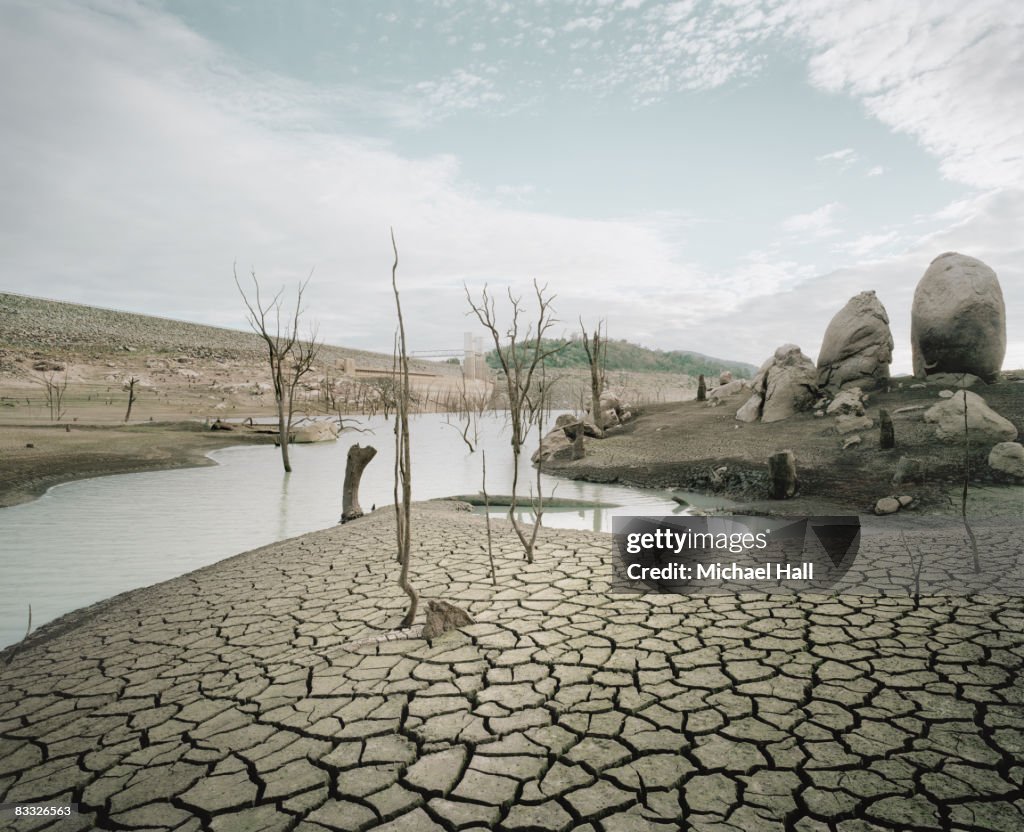
Global warming impacts the natural world in various ways, such as increasing heat, rising oceans, prolonged dry periods, heavy rainfall, and other extreme events. These changes influence resources and systems we rely on and care about, including water, power, transportation, biodiversity, farming, ecosystems, and human well-being.
Drought can damage agriculture and harm human health. Floods can spread disease, cause loss of life, and destroy ecosystems and infrastructure. Health problems linked to drought, flooding, and extreme weather increase mortality, disrupt food supply, reduce workers’ ability to perform, and ultimately weaken economic productivity.
Read more about Latest movies blog
Read more about Climate change and its effect
There is still an opportunity to reduce the scale and seriousness of climate change. We already understand many of the challenges and solutions, and researchers continue to discover new ones. Experts agree that avoiding the most severe consequences requires cutting emissions to net zero as quickly as possible, which will help limit global warming. Achieving this will require major investments in technology and infrastructure, creating new jobs in the process. For instance, we will need to expand and enhance systems that capture and use renewable energy. Reducing emissions will also improve public health, preventing countless deaths and saving billions in medical costs.
The influence of climate change on water resources is reshaping our environment and daily lives. Rising temperatures are altering when, where, and how much rain falls. Some regions are seeing more intense downpours, while others are facing longer and harsher droughts.
Flooding is becoming a bigger concern as the climate shifts. Compared to the early 1900s, heavy rainstorms are now more powerful, more frequent, and more widespread across much of the United States.
At the same time, drought conditions are appearing more often, particularly in the western states. During hotter weather, water use increases, especially in farming. Just as people sweat more in the heat, plants lose more water through transpiration. This forces farmers to supply their crops with extra water.
Snowpack provides vital fresh water for millions of people. As it melts, the water can be used throughout the year. This is especially critical in the West, where summers bring little rainfall. But with warmer temperatures, snowfall is reduced, and the snow that does fall melts earlier. As a result, snowpack is becoming a less dependable water source.
Our food production depends heavily on climate and weather. Rising heat, limited water supplies, crop diseases, and severe weather all create difficulties for farmers and ranchers. While new technologies and farming strategies can help address some issues, other problems—such as the health of workers and livestock—are harder to solve. Farm laborers may suffer from heat-related illnesses like exhaustion, heatstroke, or even heart attacks. Similarly, high temperatures can negatively affect farm animals.
Potatoes, the key ingredient in fries, grow best in certain conditions. Since potatoes are sensitive to climate, changing weather patterns raise questions: how long can America’s favorite side dish remain secure on our tables?
Climate change impacts every living organism and the environments they depend on, though not in the same way everywhere. The Arctic is among the ecosystems most at risk, warming more than twice as quickly as the global average. This rapid warming has far-reaching effects — melting glaciers and ice sheets on land contribute significantly to global sea level rise. Rising seas are also driven by thermal expansion, as water grows in volume when it warms. Higher sea levels increase the threat of storm surge and erosion in coastal areas.
Climate change impacts often interact, compounding the harm to ecosystems. For instance, rising seas can bury coral reefs under sediment. Corals are also highly sensitive to other stressors: warmer ocean temperatures trigger bleaching, while stronger storms can physically damage reef structures. Coral reefs, which provide habitat for thousands of species, depend on healthy coral to sustain biodiversity.
Some species can adjust to or even take advantage of a changing climate. For example, some plants now bloom earlier or grow for longer periods. However, not all species can keep pace with these shifts. A plant that flowers earlier may lose its pollinator partner if that species cannot adapt as quickly.
Other organisms adapt by shifting or expanding their ranges, moving into places that were once too cold or otherwise unsuitable. But when new species enter an area, they can disrupt native populations. Climate change also favors invasive or nuisance species, like lionfish or ticks, allowing them to spread into more habitats.
Marine ecosystems face yet another challenge: ocean acidification. The ocean absorbs nearly 30% of the carbon dioxide released by human fossil fuel use. This process makes seawater more acidic, altering conditions for marine organisms.
Infrastructure refers to physical systems like roads, bridges, ports, power grids, and communication networks. These systems are built to last for decades, but most were not designed with climate change in mind.
Many existing structures may struggle under extreme weather — heavy rain, flooding, wind, snow, or temperature swings. These impacts are wide-ranging. For example, hotter summers increase demand for air conditioning, straining electricity supplies. Torrential rains that overwhelm drainage systems can flood roads and disrupt transportation and commerce.
Coastal infrastructure, including highways, bridges, and water supplies, is particularly vulnerable to sea level rise. Nearly 40% of the U.S. population resides in coastal counties, leaving millions exposed to these risks. Rising seas also cause shoreline erosion and “sunny-day” flooding at high tide. Projections show some communities could be at or below sea level by 2100, forcing difficult choices. Many will need to strengthen infrastructure while also relocating away from the coast — a strategy known as managed retreat.
Currently, many communities are underprepared for climate-related threats. Researchers are examining both present and future risks and advising on effective responses. Moving forward, communities must prioritize resilient infrastructure that can endure the challenges ahead. Building resilience also requires education across all sectors — from planners and emergency managers to teachers and communicators — so everyone understands how to prepare for climate change.
Global warming influences every part of Earth’s climate system. Average global surface temperatures have risen by about 1.1 °C (2.0 °F), and scientists project they will increase further. Warming is not evenly distributed: land regions are heating up faster than oceans, and the Arctic is experiencing the most rapid changes. Nighttime temperatures have climbed more quickly than daytime ones. How ecosystems and human societies are affected will depend on the extent of future warming.
To estimate the impacts of human-driven climate change, researchers use different approaches, including examining past natural climate variations. Evidence from tree rings, ice cores, coral reefs, and sediment layers from lakes and oceans reveals that recent temperatures exceed anything recorded in the last two millennia. By the late 21st century, the Earth may reach temperatures similar to those of the mid-Pliocene, about 3 million years ago, when global averages were roughly 2–4 °C (3.6–7.2 °F) higher than pre-industrial levels, and sea levels stood up to 25 meters (82 feet) above today’s. The current increase in temperature and CO₂ levels is happening much faster than even the abrupt events of Earth’s distant past.
The degree of warming depends both on greenhouse gas emissions and on the climate’s sensitivity to them. More CO₂ released this century will lead to hotter conditions by 2100. If greenhouse gases were doubled, global average temperatures would likely rise by about 2.5–4 °C (4.5–7.2 °F). Even if emissions stopped suddenly and no carbon removal technologies were applied, the climate would not revert to pre-industrial conditions. Instead, temperatures would remain high for centuries. Roughly 20–30% of human-emitted CO₂ would still linger in the atmosphere after a thousand years, leaving the planet locked into a warmer state long after emissions ceased.
With existing policies, global temperatures are expected to rise by around 2.7 °C (2.0–3.6 °C) above pre-industrial levels by 2100. If countries meet all their current unconditional pledges and goals, warming could be limited to about 2.4 °C (4.3 °F). Should all nations successfully carry out their net-zero commitments, temperatures may rise by roughly 1.8 °C (3.2 °F). However, there remains a significant gap between what governments have promised and the actual steps they have taken.
Heatwaves over land have become both more frequent and more severe in nearly every region of the world since the 1950s, driven by climate change. These events are also more likely to coincide with drought conditions. Marine heatwaves now occur at roughly twice the rate they did in 1980. Rising global temperatures will bring more extremely hot days and reduce the number of very cold ones, while cold waves have become less common.
Scientists are increasingly able to link the strength of individual heatwaves to global warming. Some extreme weather events would have been almost impossible without human-driven climate change. A heatwave that used to strike once every decade now happens about 2.8 times as often. If global temperatures rise by 2 °C (3.6 °F), such heatwaves could occur every two years instead of every ten.
Heat stress depends on temperature but worsens when humidity is high. The wet-bulb temperature combines both factors. Humans cannot survive once the wet-bulb temperature surpasses 35 °C (95 °F). This level of heat stress can be fatal. Limiting global warming to below 1.5–2 °C (2.7–3.6 °F) would likely prevent these deadly conditions across most of the tropics, although health risks would still remain.
Some evidence suggests climate change is weakening the polar vortex, making the jet stream more wavy. This shift could bring severe winter cold to Eurasia and North America, while sending warmer air into the Arctic. Research also indicates the Atlantic Meridional Overturning Circulation (AMOC) has weakened by about 15% since 1950, cooling parts of the North Atlantic and heating the Gulf Stream region. Projections show that climate change will continue to weaken the AMOC under all emissions scenarios, with some high-emission pathways risking a full collapse. Such a collapse could cool parts of Europe by up to 30 degrees while further warming the Southern Hemisphere.
Warming increases average global rainfall. Precipitation occurs when water vapor condenses into rain or snow. Higher temperatures drive more evaporation and drying of surfaces, while warmer air can hold more moisture—about 7% more per 1 °C of warming. Observations show shifts in how much precipitation falls, its intensity, frequency, and form. Overall, climate change is producing longer dry periods, interrupted by more intense downpours.
It has also intensified contrasts between wet and dry seasons. Wet seasons are becoming wetter, while dry seasons are becoming drier. In northern high-latitude regions, warming has increased both rainfall and snowfall. In the Southern Hemisphere, storm-related rainfall has shifted southward. Monsoon changes vary by region, but more systems are trending wetter than drier. Asian summer monsoons are strengthening, the central Sahel is seeing more rainfall, while the far western Sahel is drying.
Climate change has strengthened storms by increasing ocean temperatures, which fueled stronger peak winds in all 2024 Atlantic hurricanes. Storms of all kinds—including tropical and extratropical cyclones—are becoming wetter, with higher average and maximum rainfall. Thunderstorms in some regions also show this pattern. Tropical cyclones and storm tracks are shifting toward the poles, bringing stronger winds to new areas. While the total number of tropical cyclones may decrease, their intensity is expected to rise. The number of rapidly intensifying cyclones appears to have increased as well. Data from meteorology and seismology point to a global rise in ocean wave energy in recent decades, linked to stronger storms over the oceans. Climate change is also likely increasing atmospheric turbulence, posing more hazards to aviation since it is difficult to forecast or avoid.




